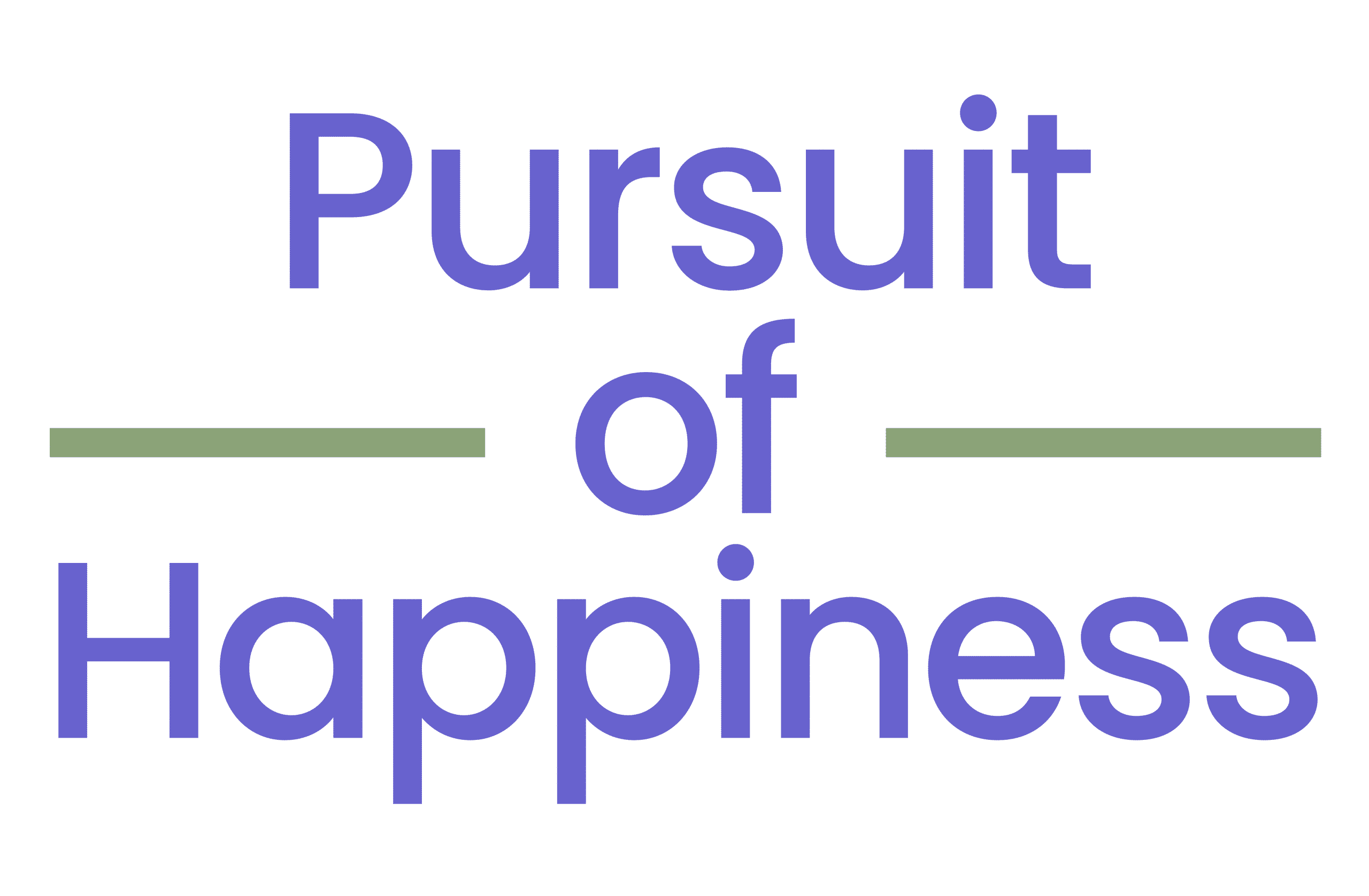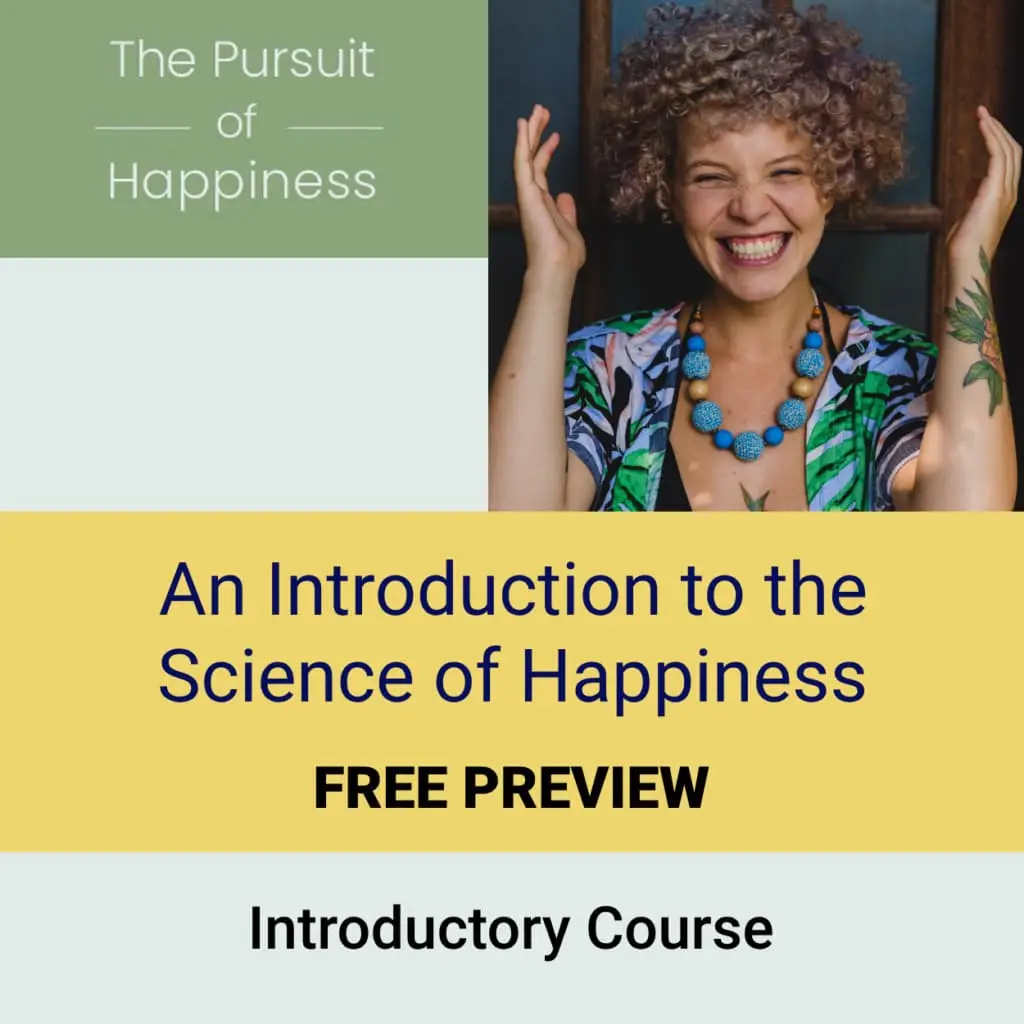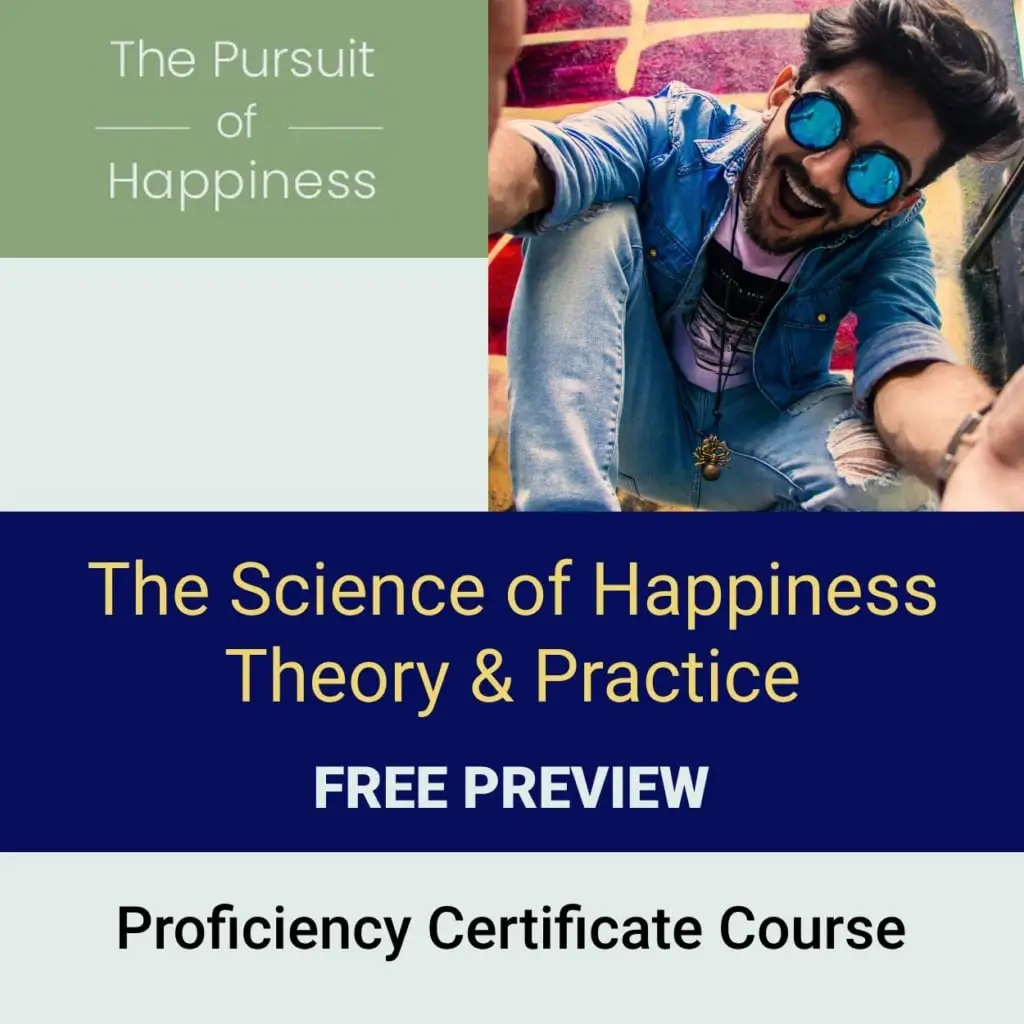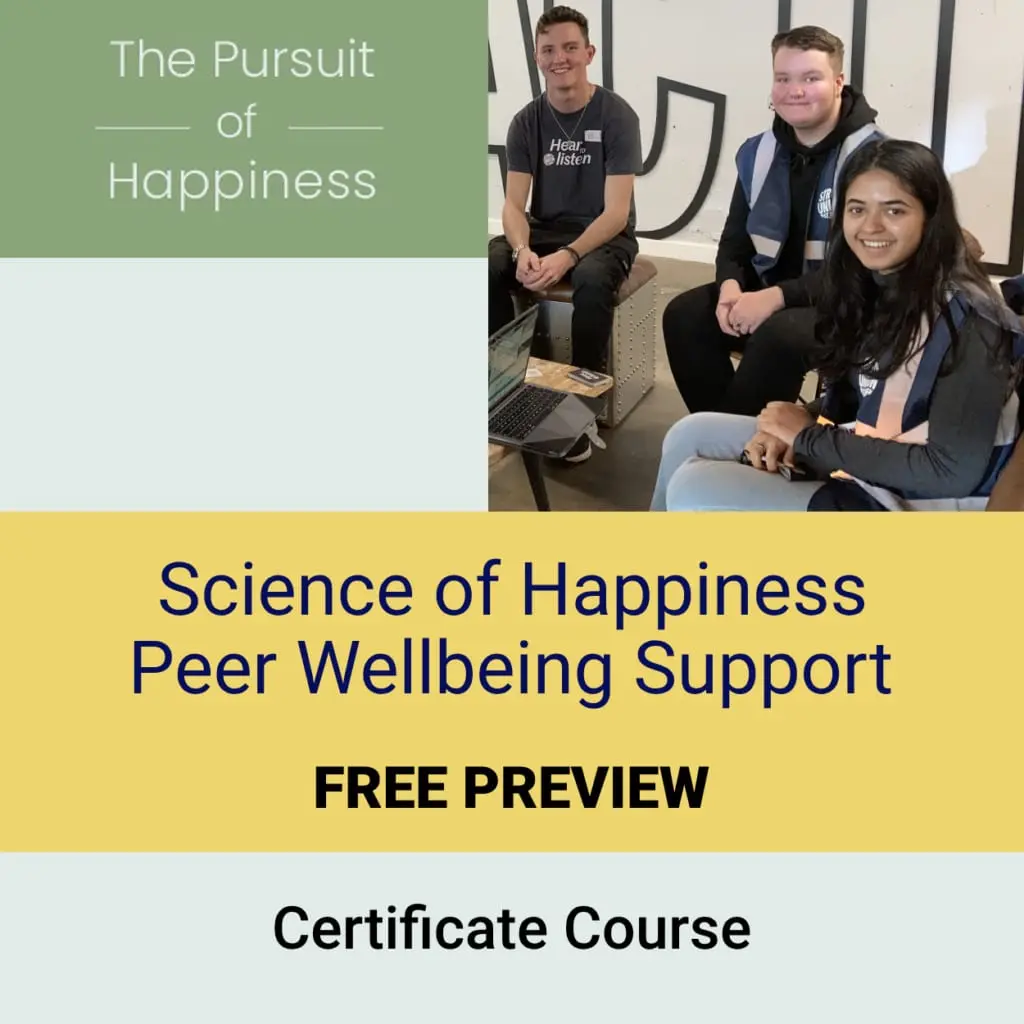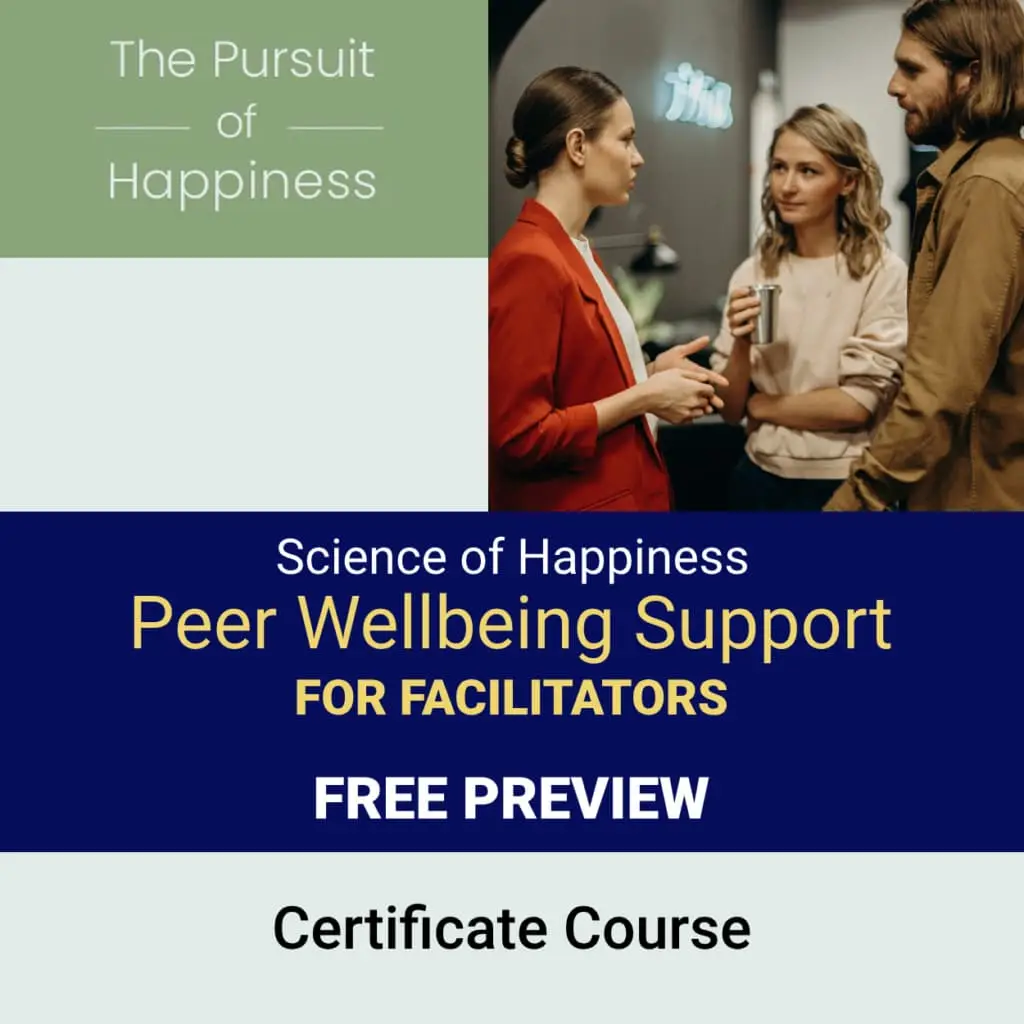The idea that changing one’s thoughts can change one’s reality is a cornerstone of Buddha’s philosophy. In the opening sentences of his earliest sayings, he emphatically claims that “Your states (of existence) originate in your mind. Mind is their chief, and they are created by the mind. If you speak or act with a pure mind, happiness will follow you like your own shadow.” In this context it is worth noting that the opening verses of the earliest collected sayings of Buddha and Confucius both touch on the topic of happiness. Travelling west, we find that the power of constructive thinking is treasured by the ancient philosophers of Stoicism, championed by such thinkers as Zeno, Epictetus, and Marcus Aurelius. As Epictetus puts it, “what concerns us is not the way things actually are, but rather the way we think things are.”
Most recently, we have seen a spike in the number of studies indicating that “mindfulness” has a significant impact not only on feelings of happiness and well-being, but on the wiring of the brain itself. To take one example, scientists from Massachusetts General Hospital at Harvard Medical School recently reported that participants who took a Mindfulness-Based Stress Reduction program for eight weeks showed measurable changes in grey matter concentration in the hippocampus, the part of the brain associated with regulation of emotion, arousal, and responsiveness (Holzel, et al.).
“Mindfulness” was one of the eightfold paths espoused by Buddhism, a technique that originated in yogic meditation and that involves the ability to focus ones attention on the present moment. And of course the eightfold path represented the royal road to overcoming suffering and finding genuine (lasting) happiness. According to Rahula Walpola, one of the foremost interpreters of early Buddhist practice, Right Mindfulness or attentiveness is to cultivate diligent awareness of activities of the body, sensations or feelings, and activities of the mind.
One very curious twist of intellectual history is that the Confucians, taking the lead from their treasured classic, the Great Learning, taught that one had to take eight steps to self- cultivation and social harmony. And among these eight steps, the third step “rectification of the mind” is very close to the idea of mindfulness. The Great Learning teaches that the inferior person “hears, but does not listen,” and “sees, but does not watch,” precisely because he or she is not able to control or regulate untamed emotions. Buddha compared out of control emotions to a wild horse. They tend to kidnap us and take us away from a full involvement in the present moment. For example, while reading this page, what percentage of the time were you distracted by thoughts that led you away from this page? What Buddha and Confucius are both telling us is very reminiscent of Martin Seligmans’s three tier theory of happiness, and especially the foundational tier which argues that one of the keys to mental wellness is to “savor” experiences in the present moment. This is exactly what the data generated by recent studies on “mindfulness” seem to indicate. And it is worth bearing in mind that the ability to experience flow, which, as we have seen is a key component of happiness, is closely related to the idea of mindfulness or attentiveness, and vividly illustrated in the classical Daoist stories about the transcendent skills of meat chopper Ting and carpenter P’ien.
Key studies:
Holzel, B.K., Carmody J, Vangel M, et al (2011). “Mindfulness practice leads to increases in regional brain gray matter density.” Psychiatry Research: Neuroimaging 191(1):36-43. Pubmed; Free text
